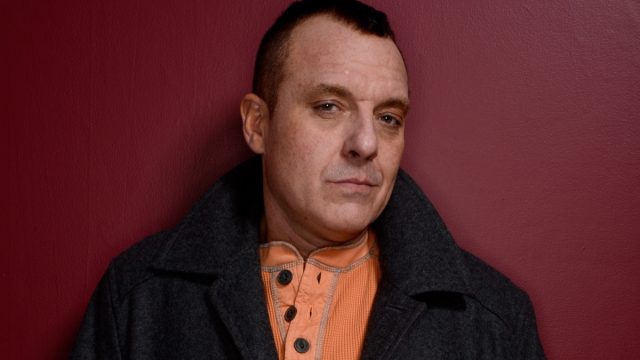Tom Sizemore Hospitalized After Brain Aneurysm—These Are the Early Symptoms

Actor Tom Sizemore, best known for his roles in ’90s blockbusters like Saving Private Ryan, Wyatt Earp, and True Romance, is in critical condition after being found in his Los Angeles home suffering from a brain aneurysm over the weekend. He was transferred to the hospital, and his representatives told Variety that it’s a “wait-and-see situation” as to his prognosis.
According to the Brain Aneurysm Foundation, brain aneurysms affect millions of people in the U.S. each year. They estimate that 6.7 million of us—or one in 50—has an unruptured brain aneurysm, and report that an aneurysm ruptures every 18 minutes. As alarming as those statistics are, they add that between 50 and 80 percent of all aneurysms will never rupture, and that most are less than one inch, making them less likely to cause serious harm.
Still, it’s important to know the symptoms of a brain aneurysm, so you can seek medical attention as soon as possible if you or someone you’re with is exhibiting signs of trouble. Read on to discover what to look out for.
READ THIS NEXT: The “Crazy” Way Mark Ruffalo Discovered He Had a Brain Tumor.
A ruptured aneurysm is a life-threatening event.

A brain aneurysm is a bulging blood vessel in your brain, the Mayo Clinic explains, going on to note that if the aneurysm doesn’t rupture—and most don’t—then it is unlikely to cause problems or symptoms, unless it’s large and exerting pressure on nerves and tissues.
When an aneurysm leaks or ruptures, however, causing bleeding in the brain, it’s known as a hemorrhagic stroke. This is a life-threatening condition, and immediate medical attention is necessary in order to prevent permanent brain damage or death.
The Brain Aneurysm Foundation reports that half a million people worldwide die of a brain aneurysm every year, and that half of these deaths occur in people less than 50 years old.
An aneurysm may cause a sudden, severe headache.

The hallmark symptom of a ruptured or leaking brain aneurysm is a sudden, severe headache. Other symptoms, the Mayo Clinic writes, may include stiffness in your neck, blurred vision, sensitivity to light, nausea and vomiting, confusion, a droopy eyelid, seizure, and loss of consciousness.
If you or someone you know is experiencing an unexplained severe headache—the Mayo Clinic says victims often describe it as the “worst headache” they’ve ever had—and especially if they are also exhibiting any other symptoms above, it’s essential to get to the hospital right away.
RELATED: For more up-to-date information, sign up for our daily newsletter.
Several factors may increase your risk of an aneurysm.

Smoking cigarettes, using drugs (especially cocaine), drinking alcohol to excess, and having high blood pressure can all spike your risk of a brain aneurysm, according to the Brain Aneurysm Foundation. Older age is also a factor, they note: Those over 40 are more at risk than younger people. A family history of brain aneurysms also heightens your risk, as does severe head trauma.
Women and people of color also have higher rates of brain aneurysm, the foundation reports. However, they emphasize that smoking and high blood pressure—which are both modifiable, meaning they’re within your control—are the most significant risk factors for brain aneurysm.
Sizemore has been open about his struggles with substance abuse.

Sizemore, who is now 61 years old, has a long history of substance abuse. He appeared on Celebrity Rehab with Dr. Drew in 2010, three years after being arrested for possession of methamphetamine. Years before that, in 1998, he went to rehab for heroin addiction, per The Daily Beast.
Most recently, in Jan. 2020, Sizemore was arrested for drug possession and driving under the influence, Page Six reported. Exactly one year earlier, in Jan. 2019, the outlet reported that he had also been charged with misdemeanor drug possession.